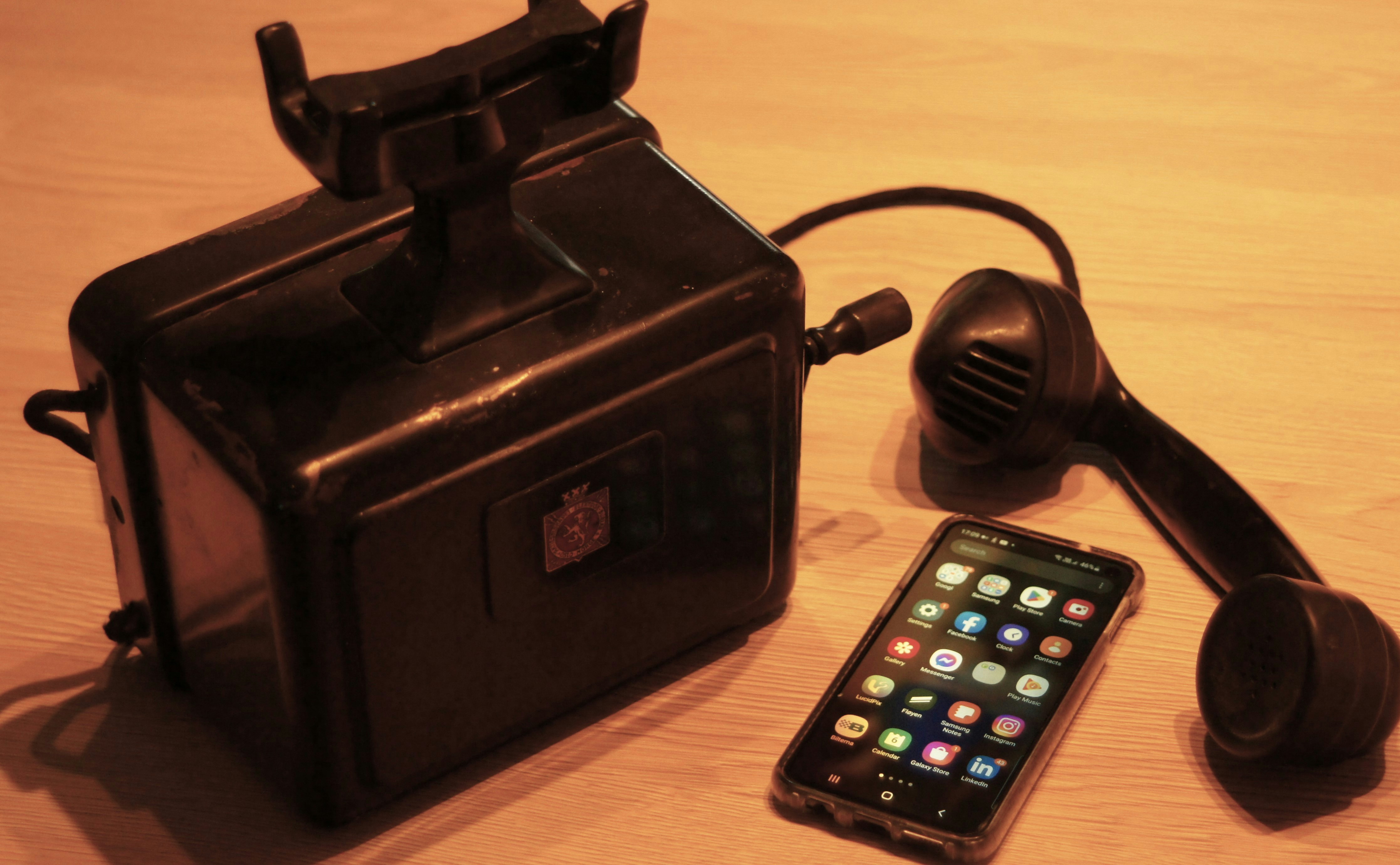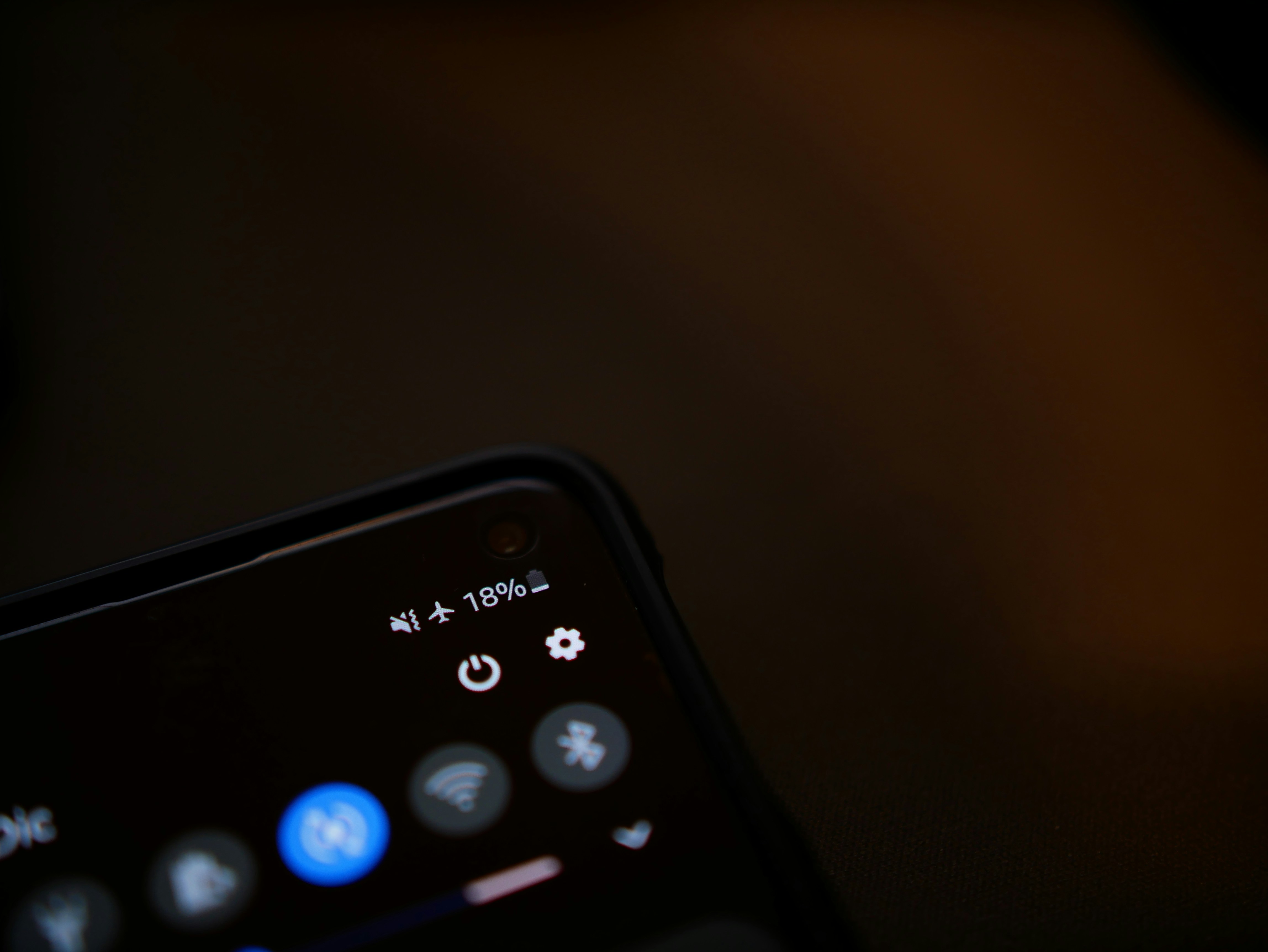The Basics of Night Mode
Night mode is a feature found in smartphones that adjusts the color settings of the device’s display to reduce the amount of blue light emitted. This results in a warmer and more yellowish tone on the screen, which is easier on the eyes, especially in low-light conditions.
Definition of Night Mode
Night mode, also known as dark mode or night shift, is a display setting that reduces blue light emission and makes the screen easier to view in dimly lit environments. By shifting the color temperature towards the warmer end of the spectrum, it creates a more comfortable visual experience during nighttime usage.
Purpose of Night Mode in Smartphones
The main purpose of night mode in smartphones is to promote better sleep quality and reduce eye strain, particularly when using the device before bed. Blue light exposure from screens has been found to disrupt the sleep-wake cycle and suppress the production of melatonin, a hormone that regulates sleep. By using night mode, you can minimize the negative effects of blue light and potentially enhance your sleep patterns. Moreover, reducing blue light emission may also help alleviate eye fatigue and discomfort when using your smartphone in low-light conditions.
Night mode on your smartphone can have a positive impact on both your sleep quality and eye comfort, making it a valuable feature to consider using.
This image is property of images.unsplash.com.
## Energy Consumption in Smartphones
Using night mode on your smartphone can have an impact on its battery life. To understand how night mode affects battery consumption, it’s important to look into the energy consumption in smartphones.
Factors affecting smartphone battery life
There are several factors that can affect the battery life of your smartphone. Brightness level, screen resolution, and background apps running in the background are just a few examples. Night mode also plays a role in battery consumption.
Types of battery drain
Battery drain can be classified into two types: active and passive. Active battery drain occurs when you are actively using your phone, such as browsing the internet or watching videos. Passive battery drain, on the other hand, happens when your phone is in standby mode but still consuming power.
Understanding battery capacity
Battery capacity refers to the amount of charge a battery can hold. The higher the battery capacity, the longer your smartphone can last without needing to be recharged. Night mode can affect the battery capacity, as it adjusts the color and brightness of your phone’s display to reduce strain on the eyes.
Using night mode on your smartphone can impact its battery life by adjusting the display settings. It’s essential to consider the various factors affecting battery consumption to make informed decisions about using night mode on your device.
This image is property of images.unsplash.com.
## The Impact of Brightness on Battery Life
Relation between screen brightness and energy consumption
When it comes to assessing the impact of night mode on smartphone battery life, it’s essential to understand the relationship between screen brightness and energy consumption. Screen brightness plays a significant role in draining your device’s battery as the display is one of the most power-hungry components.
Why dark mode saves battery
Dark mode, which is typically associated with night mode, can help conserve your smartphone’s battery life. When you activate night mode, the display uses less energy because it predominantly shows black or dark-colored backgrounds. Since OLED and AMOLED screens are prevalent nowadays, dark pixels in these displays consume significantly less power. By reducing the amount of white and bright colors on your screen, night mode minimizes the overall energy consumption, thereby extending your smartphone’s battery life.
Enabling night mode on your smartphone can have a positive impact on your battery life due to reduced power consumption achieved by displaying darker colors. By reducing screen brightness, you can enjoy using your device longer without worrying about your battery draining quickly.
This image is property of images.unsplash.com.
## How Night Mode Works
Night mode is a feature available on many smartphones that adjusts the screen’s color temperature to reduce blue light emissions. When activated, the phone’s display emits warmer colors, which are easier on the eyes and promote better sleep in low-light environments. This setting can be manually enabled or set to activate automatically at a specific time.
Explanation of night mode implementation
Night mode works by shifting the screen’s color temperature from the cooler blue end of the spectrum to the warmer red end. This is achieved by reducing the intensity of blue light emitted by the display, thus minimizing the strain on your eyes and potentially improving your sleep quality. The implementation varies between different smartphone models, but the general principle remains the same.
Benefits of reducing blue light emissions
Using night mode has several benefits beyond its impact on sleep. The reduced blue light emissions can help alleviate eye strain and discomfort, especially during extended smartphone usage in dark environments. Additionally, it may contribute to better eye health in the long run. While night mode does alter the display’s appearance, the impact on battery life is a common concern among users. Understanding how night mode affects battery usage can help you make informed decisions about when and how to use this feature.
Night Mode vs. Normal Mode
Comparison of energy consumption between night mode and normal mode
When it comes to smartphone battery life, the choice between night mode and normal mode can make a big difference. Night mode, known for its dark background and low-light settings, is designed to reduce eye strain and help you sleep better. But what about your battery?
Night mode is, indeed, a great feature that can extend your smartphone’s battery life. This is because the dark background requires less energy to display compared to the bright colors of normal mode. When you switch to night mode, your phone’s display emits less light, which in turn reduces the power consumption of the screen.
Battery savings provided by night mode
By using night mode, you can significantly save battery power on your smartphone. Research has shown that enabling night mode can reduce battery consumption by up to 30%, depending on your device and usage patterns. This means that you can enjoy using your phone for a longer period without worrying about running out of battery.
Switching to night mode is a smart move if you want to extend your smartphone’s battery life. Not only does it reduce eye strain and improve your sleep quality, but it also helps conserve energy and make your battery last longer. So, the next time you’re using your phone in the evening or during the night, remember to switch to night mode and enjoy the benefits it brings.
Display Types and Battery Usage
Comparison of OLED and LCD displays
When it comes to the impact of night mode on smartphone battery life, the type of display plays a significant role. OLED (Organic Light-Emitting Diode) displays have individual pixels that emit their own light, allowing them to display true blacks and consume less power when displaying darker colors. On the other hand, LCD (Liquid Crystal Display) screens use a backlight to illuminate the entire display, resulting in less contrast and increased power consumption, especially in night mode.
Battery implications of display technology in night mode
The use of night mode predominantly affects OLED displays due to their ability to achieve deeper blacks, which reduces the power consumption of individual pixels. By utilizing dark backgrounds and minimizing the use of bright colors, night mode significantly reduces the energy consumption of OLED screens. However, LCD displays continue to rely on a backlight, regardless of the color or brightness of the content being displayed. As a result, night mode has limited impact on battery usage for LCD screens.
If your smartphone has an OLED display, using night mode can save precious battery life. However, if you have an LCD display, the battery consumption will not be significantly affected by using night mode. So, if battery longevity is a concern, OLED displays offer a clear advantage when it comes to night mode usage.
Dark vs. Light UI
Comparison of energy consumption between dark and light user interfaces
When it comes to smartphone battery life, the choice between a dark and light user interface (UI) can make a significant difference. The dark mode, also known as night mode, has gained popularity among smartphone users due to its aesthetic appeal and its potential for energy-saving benefits.
Comparing the energy consumption of dark and light UIs, research has shown that dark mode significantly reduces power usage and extends battery life. This is because dark pixels on a smartphone screen require less power than light pixels. In fact, studies have indicated that using dark mode can decrease energy consumption by up to 60% while maintaining the same level of usability.
Furthermore, many users have reported a preference for dark UI in terms of battery-saving. This is attributed to the fact that the majority of smartphone displays are illuminated by the backlight, which consumes a substantial amount of power. With the dark mode, less backlight is needed as dark pixels emit little to no light. As a result, your smartphone’s battery can last longer throughout the day.
So, if you are looking to maximize your smartphone’s battery life, consider switching to dark mode and reap the benefits of reduced energy consumption without compromising your user experience.
Factors Influencing Battery Drain in Night Mode
Brightness settings during night mode
When using night mode on your smartphone, the brightness settings play a crucial role in determining the impact on battery life. Lowering the brightness helps conserve battery power, especially if you are in a dimly lit environment. By reducing the brightness level, you can extend your smartphone’s battery life.
Usage of other device features during night mode
While night mode itself may not heavily drain your smartphone’s battery, the usage of other features simultaneously can affect its power consumption. For example, if you are using location services, streaming music, or browsing the internet while in night mode, your battery will drain faster. To optimize battery life, it’s recommended to disable unnecessary features during night mode.
Night mode is generally designed to reduce eye strain and save battery power by using darker colors and reducing screen brightness. However, it’s important to note that excessive usage of your smartphone, regardless of the display settings, will inevitably drain the battery. Therefore, it’s essential to be mindful of your overall device usage and disable unused features to maximize your smartphone’s battery life.
Battery Saving Tips in Night Mode
Night mode, also known as dark mode, has become increasingly popular due to its aesthetic appeal and potential battery-saving benefits. Many users wonder how using night mode affects smartphone battery life. Here are some tips to help you optimize your battery usage while enjoying the benefits of night mode.
Optimal brightness level for night mode
Adjusting the brightness level is essential when using night mode. By decreasing the brightness, you can further enhance battery life. It’s best to set the brightness to the lowest comfortable level for your eyes while still being able to read the content on your screen.
Enabling battery saver mode
To conserve even more battery power, consider enabling the battery saver mode on your smartphone. This mode restricts background activities and adjusts various settings to extend battery life. It’s usually accessible through the settings menu or quick settings panel.
Disabling unnecessary features
Another effective way to maximize battery life in night mode is by disabling unnecessary features. These may include location services, push notifications, and auto-syncing, which continuously consume battery power. By disabling these features, you can significantly reduce battery drainage.
By following these battery-saving tips in night mode, you can enjoy both its sleek appearance and prolonged battery life on your smartphone. So, feel free to embrace the dark side and make the most of this feature!
Mitigating Potential Side Effects
Using night mode on your smartphone can have several benefits, such as reducing eye strain and helping you fall asleep easier. However, you may wonder how this feature affects your battery life. In this section, we will explore the potential side effects of using night mode on your smartphone’s battery and provide tips for mitigating them.
Effects of excessive blue light reduction
Night mode works by reducing the amount of blue light emitted by your smartphone’s screen. While this can be helpful in reducing eye strain, excessive blue light reduction may actually increase power consumption. When you activate night mode, your smartphone’s display requires more energy to compensate for the reduced blue light, which can negatively impact battery life.
Finding the right balance between blue light and battery saving
To strike the right balance between blue light reduction and battery saving, it is important to adjust the settings of your night mode feature. Some smartphones offer the option to customize the intensity of blue light reduction. Experiment with different levels to find the one that suits your needs without overly draining your battery.
By considering the effects of excessive blue light reduction and finding the optimal balance, you can enjoy the benefits of night mode on your smartphone while minimizing the impact on battery life. Take the time to explore and adjust your device’s settings to optimize your smartphone experience in low-light conditions.



